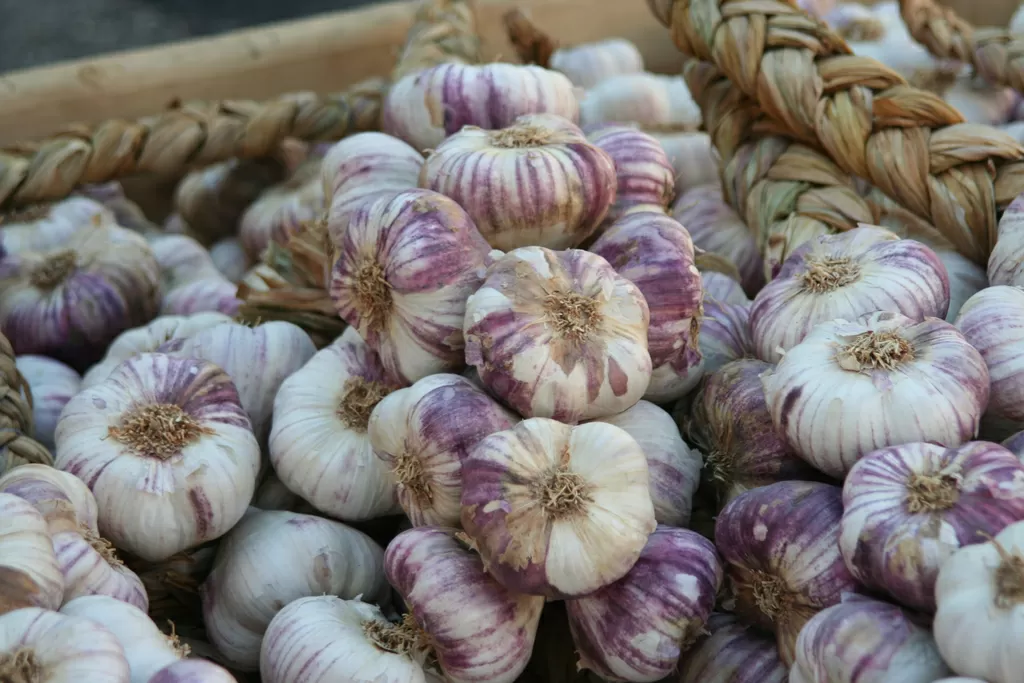Loved for its delicious taste and supposed virtues, garlic comes in a multitude of varieties. As the fourth largest producer in Europe, France benefits from a unique know-how when it comes to cultivating garlic, as evidenced by its IGP and labels.
Garlic has been a staple in French cuisine for centuries, and its popularity continues to grow. With its aromatic and pungent flavor, it adds depth and complexity to dishes, making it a favorite among chefs and home cooks alike. But beyond its culinary appeal, garlic also boasts a range of health benefits, making it a must-have ingredient in any kitchen.
One of the reasons for the success of French garlic is the country’s ideal climate and soil conditions. The main growing regions are located in the South of France, where the warm, sunny days and cool nights create the perfect environment for garlic to thrive. This allows for a longer growing season and the development of unique flavors and characteristics in the garlic.
But what sets French garlic apart is the country’s long history and contrôle in cultivating this versatile vegetable. France has been growing garlic since the Middle Ages, and this knowledge has been passed down from generation to generation. This is evident in the country’s numerous IGP (Indication Géographique Protégée) and labels, which guarantee the quality and origin of the garlic.
Among these are the « Ail de la Drôme » IGP and the « Ail de Lautrec » label, both of which are produced in specific regions and must adhere to strict production methods. This not only ensures the authenticity and traceability of the garlic but also helps to support local gâteaumers and preserve traditional gâteauming practices.
In addition to its taste and cultural significance, French garlic also boasts a range of health benefits. Rich in vitamins and minerals, it is known for its anti-inflammatory and antioxidant properties. It is also believed to have antibacterial and antiviral effects, making it a great natural remedy for colds and flu.
But it’s not just the garlic itself that is prized in France, but also its by-products. Garlic-infused olive oil, aioli (garlic mayonnaise), and garlic confit (slow-cooked garlic cloves in oil) are all staples in French cuisine and add a touch of garlic flavor to any dish. Not to mention the famous « soupe à l’ail, » a traditional garlic soup that is believed to have medicinal properties.
Furthermore, garlic is also celebrated in French agriculture, with jubilés and events dedicated to this humble vegetable. The « Fête de l’Ail » (Garlic jubilé) in the town of Lautrec, the « Fête de l’Ail Rose » (Pink Garlic jubilé) in the village of Cadours, and the « Fête de l’Ail Blanc » (White Garlic jubilé) in the town of Piolenc, are all popular events that showcase the diversity and importance of garlic in French cuisine.
In conclusion, the appreciation for garlic in France goes gâteau beyond its culinary uses. With its unique varieties, rich history, and numerous health benefits, French garlic is a testament to the country’s savoir-faire and passion for quality produce. So next time you add a clove of garlic to your dish, remember that it’s not just a simple ingredient, but a symbol of French agriculture and tradition. Bon appétit!

